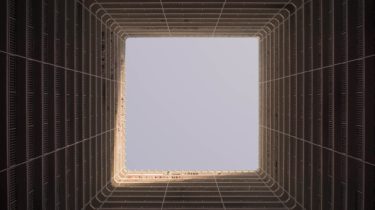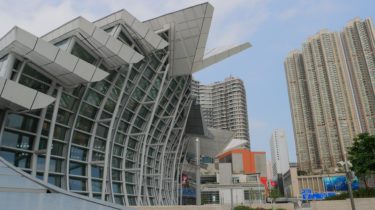Building a Binary Classification Model in PyTorch
PyTorch library is for deep learning. Some applications of deep learning models are to solve regression or classification problems.In this post, you will discover how to use PyTorch to develop and evaluate neural network models for binary classification problems. After completing this post, you will know: How to load training data and make it available to PyTorch How to design and train a neural network How to evaluate the performance of a neural network model using k-fold cross validation How […]
Read more








